Introduction: A Province at a Crossroads
Ontario is growing at a pace we haven’t seen in generations. More than 500,000 newcomers arrived in 2023 alone, and by 2051, the Greater Toronto Area’s population will swell by nearly 50%. On the surface, this growth is a success story: more people, more talent, more opportunity. But the infrastructure beneath us — the very system that moves people to work, school, and home — hasn’t kept up.
Toronto’s subways were built on 1950s foundations. Our highways, especially the 401, are gridlocked daily. Housing sprawls outward, eating into farmland, while downtown remains overcrowded and unaffordable. Ontario is running 21st-century growth on a mid-20th-century system.
The result is frustration for everyone: longer commutes, higher housing costs, lost productivity, and growing public resentment. The problem isn’t just traffic. It’s a system stretched to the breaking point.
Why Patching Won’t Work
For decades, governments have offered “solutions” that amount to patchwork:
- New subway trains running on old tracks.
- Line repairs and signal upgrades that take years, disrupt service, and still leave us with bottlenecks.
- Highway widening that swallows billions only to fill back up with traffic.
- Now, even proposals to dig car tunnels under the 401 — a repeat of failed projects like Boston’s “Big Dig,” which cost billions and solved little.
These are Band-Aids on a system that needs surgery.
Patching is politically convenient. It buys time. But Ontarians aren’t fooled. Everyone who sits in traffic on the 401 or squeezes onto Line 1 at rush hour knows the truth: we’re running out of capacity.
The Case for Digging Deeper
The solution isn’t to patch what’s broken. It’s to dig deeper — literally.
Ontario Transit Vision proposes building multi-layer subway tunnels beneath existing lines. Why? Because:
- The top layers of our cities are already full of utilities, sewers, and foundations.
- The current subway network has already cut through that complexity.
- Digging below those lines means clear, safe tunneling zones where we can build new express lines, relief corridors, and redundancies without disrupting the city above.
This approach has three game-changing advantages:
- Capacity Relief
- New tunnels double or triple throughput on Line 1 and Line 2.
- Express services slash commute times.
- Maintenance on one line no longer paralyzes the system.
- Future-Proofing
- Multi-layer designs anticipate population growth for 50+ years.
- Subways built at depth are protected from surface-level weather shocks, floods, or disasters.
- Integration
- Each deep tunnel station can include underground hubs — housing pods, shopping, community services.
- This turns stations into more than transfer points. They become living spaces.
The Bigger Picture: A Regional Grid
Toronto is the starting point, but the vision must extend further. Ontario Transit Vision isn’t just about downtown relief. It’s about creating a regional subway grid that connects the province’s fastest-growing cities:
- West to Mississauga, Brampton, Milton, Kitchener-Waterloo, Cambridge, Hamilton, and Niagara Falls.
- East to Pickering, Ajax, Whitby, Oshawa, and Bowmanville.
- North to Richmond Hill, Markham, Newmarket, Barrie, and beyond.
Imagine concentric subway circles and spokes, linking every major hub in the Greater Golden Horseshoe. A student in Barrie could commute to U of T in under an hour. A healthcare worker in Durham could take an express line to Mississauga hospitals. A family in Hamilton could access affordable housing and still be tied into the Toronto job market.
This isn’t fantasy. Paris, Tokyo, and Beijing all built regional underground grids when their cities reached the same breaking point we face now.
Housing + Transit: Two Crises, One Solution
The housing crisis and the transit crisis are two sides of the same coin. Ontario needs 1.5 million new homes by 2031. But where will they go?
- If we sprawl outward, we lose farmland and lock families into 2-hour car commutes.
- If we only build downtown towers, we worsen affordability and strain local services.
The answer is underground hubs. By clustering affordable housing, student residences, and starter family units directly around deep subway stations, Ontario can:
- Keep housing costs lower.
- Protect green space.
- Reduce car dependency.
- Build sustainable communities tied directly to transit.
Transit-first housing development is not optional anymore — it’s survival.
Climate Action Underground
Transportation is Ontario’s largest source of emissions, accounting for 35% of the total. Highways guarantee emissions. Subways eliminate them.
A single subway train carries as many people as a 16-lane highway, but with zero tailpipe emissions. Every commuter shifted off the 401 and into a deep subway tunnel is a win for Ontario’s climate goals.
By integrating climate into transit planning, Ontario can prove that growth and sustainability are not opposites. They’re partners.
A Vision for Generations
Think about the Ontario we’re leaving for the next generation. If we keep patching, by 2051 we’ll be a province of endless gridlock, unaffordable housing, and missed opportunities. If we dig deeper, Ontario can be:
- Connected: A true subway grid spanning cities.
- Affordable: Housing tied to transit, not farmland lost to sprawl.
- Resilient: Infrastructure ready for climate and population shocks.
- Equitable: Newcomers and long-time residents alike with fair access to mobility.
This isn’t just about moving people faster. It’s about building a province that works.
Conclusion: Time to Start Digging
Ontario stands at a turning point. We can keep patching old infrastructure and pouring billions into highways that don’t work. Or we can take a bold step, dig deeper, and create a system that actually matches our growth.
Ontario Transit Vision is more than a transit proposal. It’s a blueprint for a stronger, more sustainable Ontario. The tunnels we dig today will shape how generations live tomorrow.
It’s time to stop patching and start building. It’s time to dig deeper.

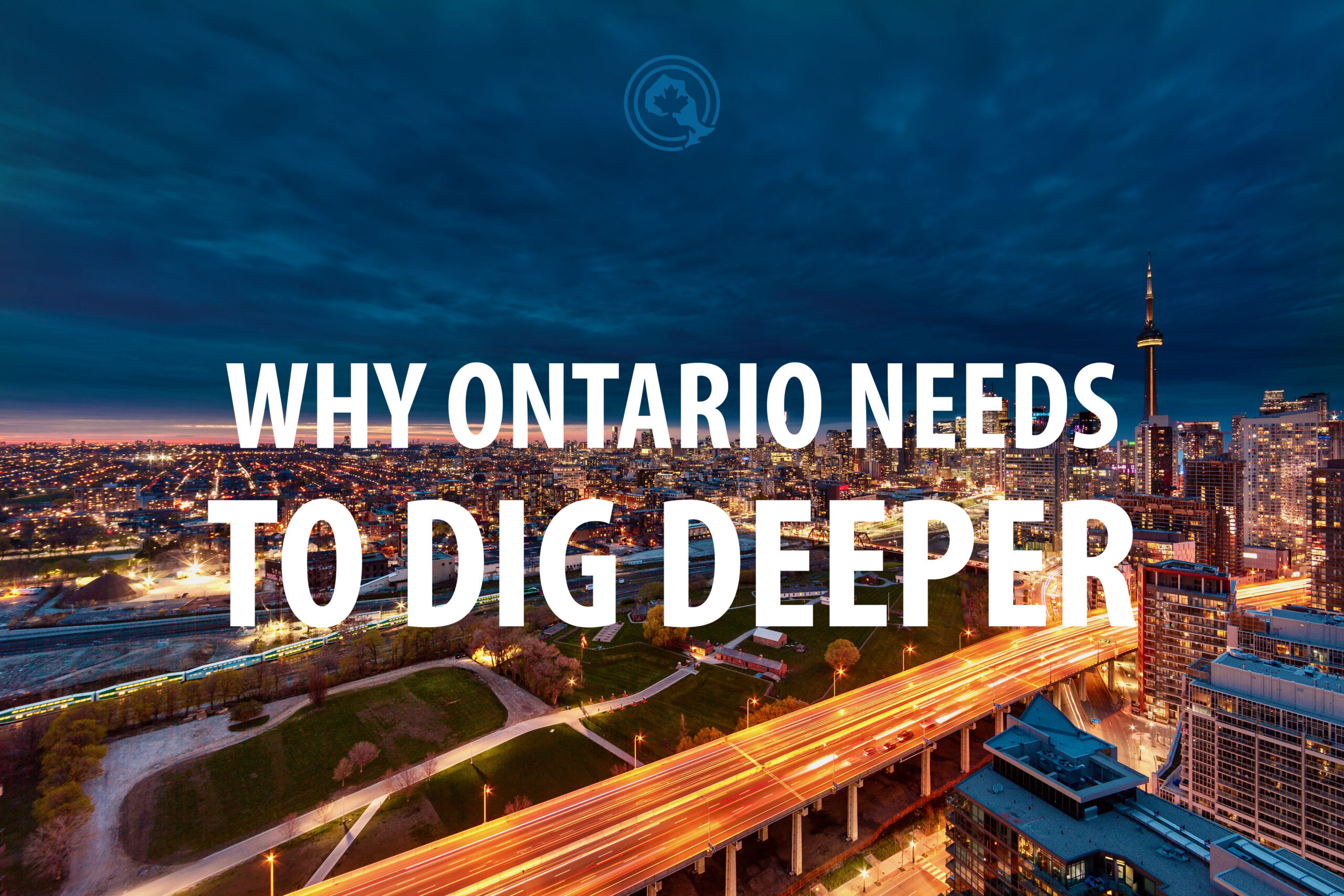
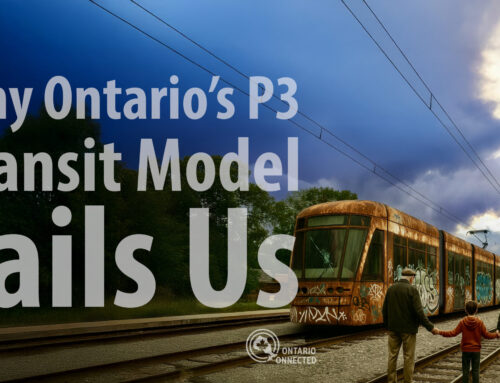
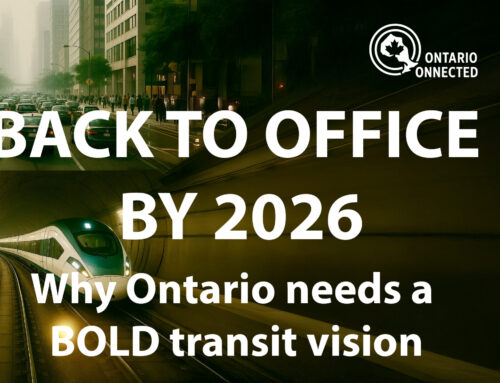
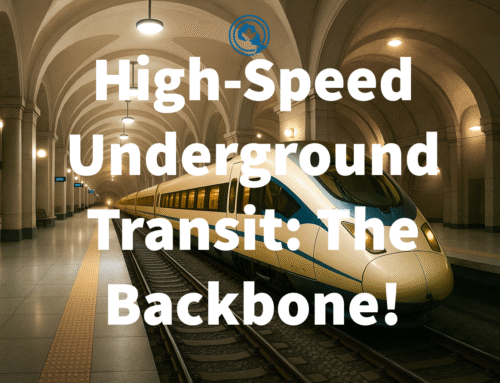
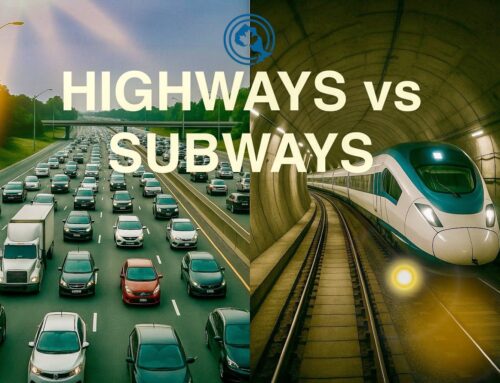

Leave A Comment
You must be logged in to post a comment.